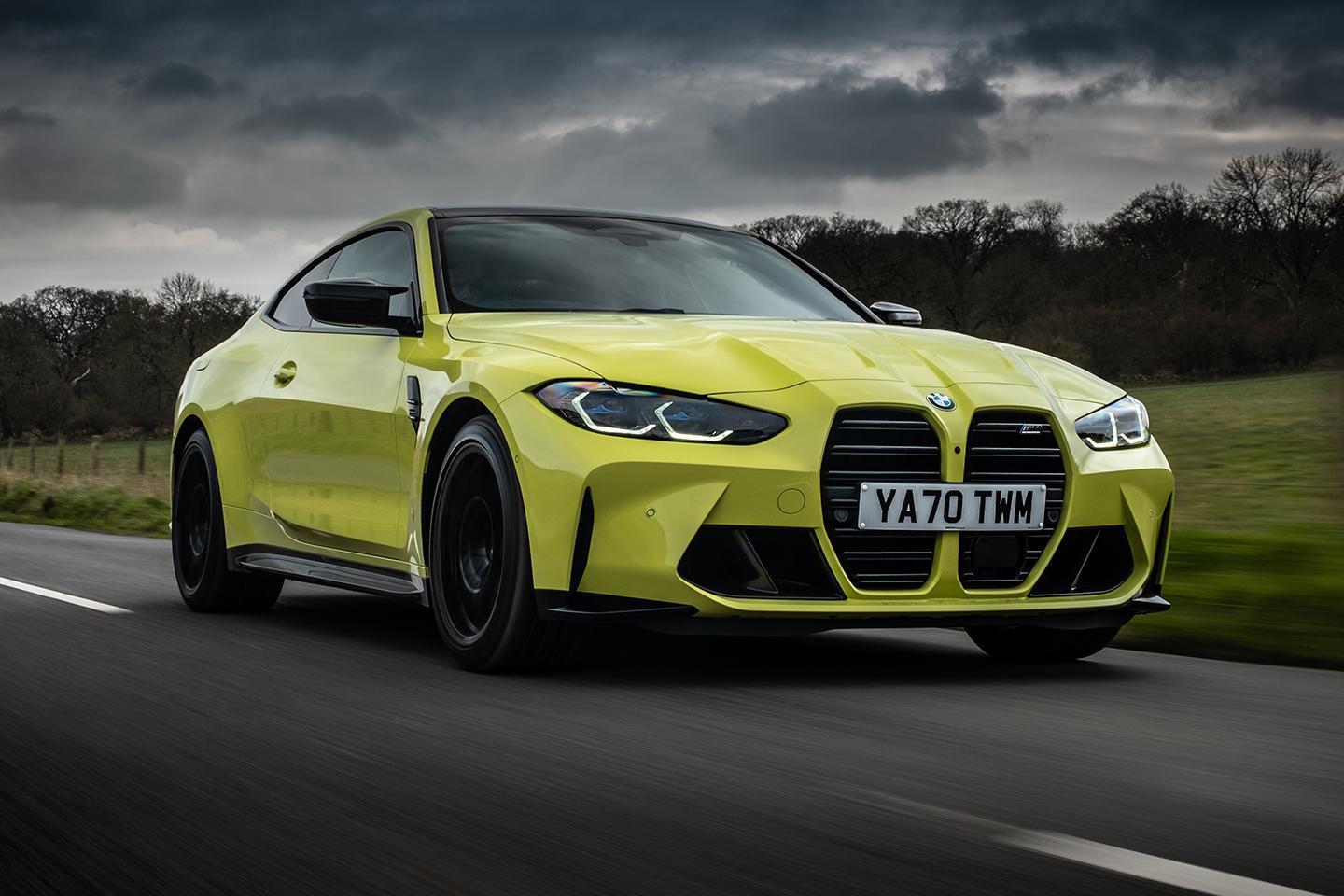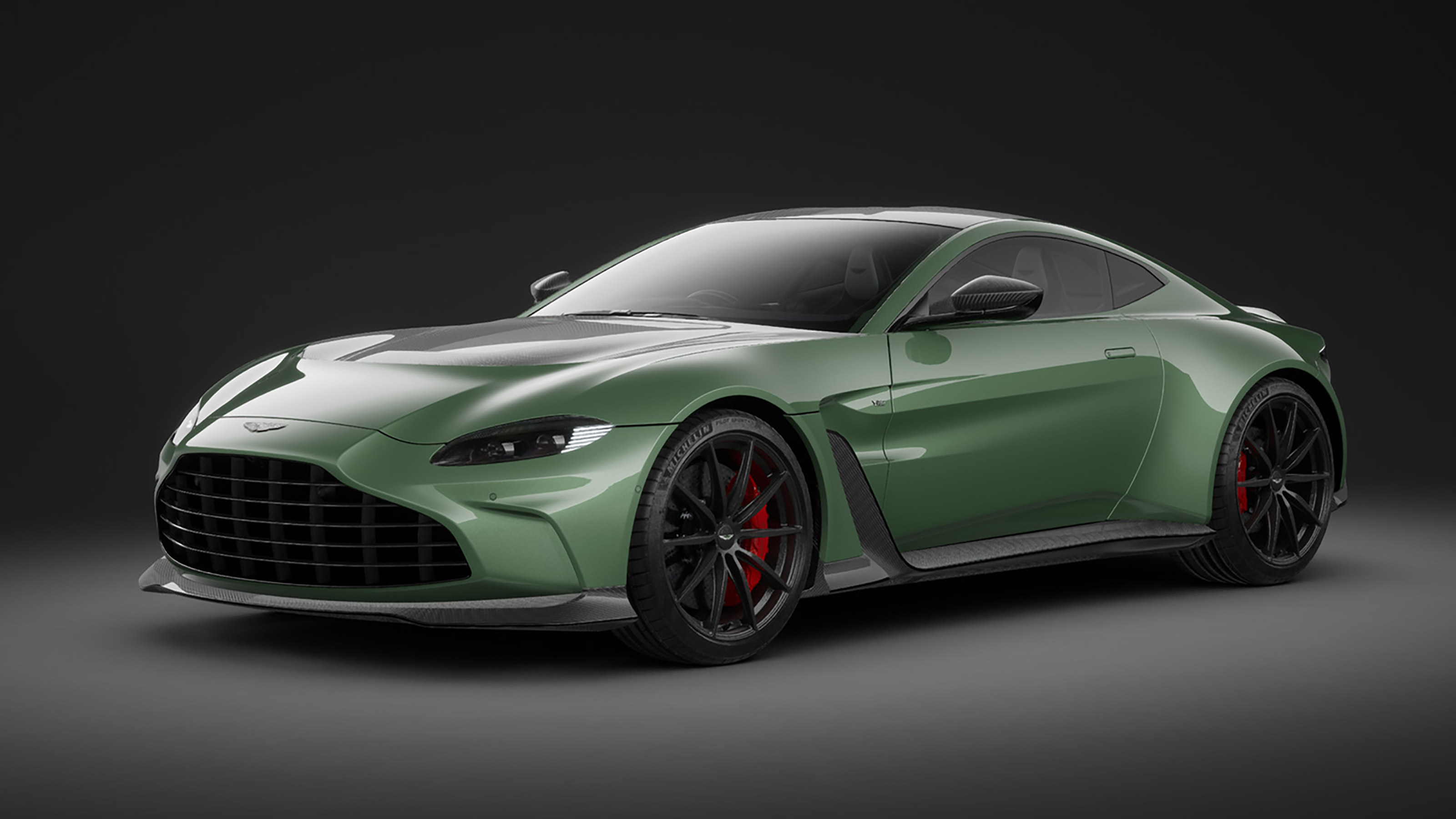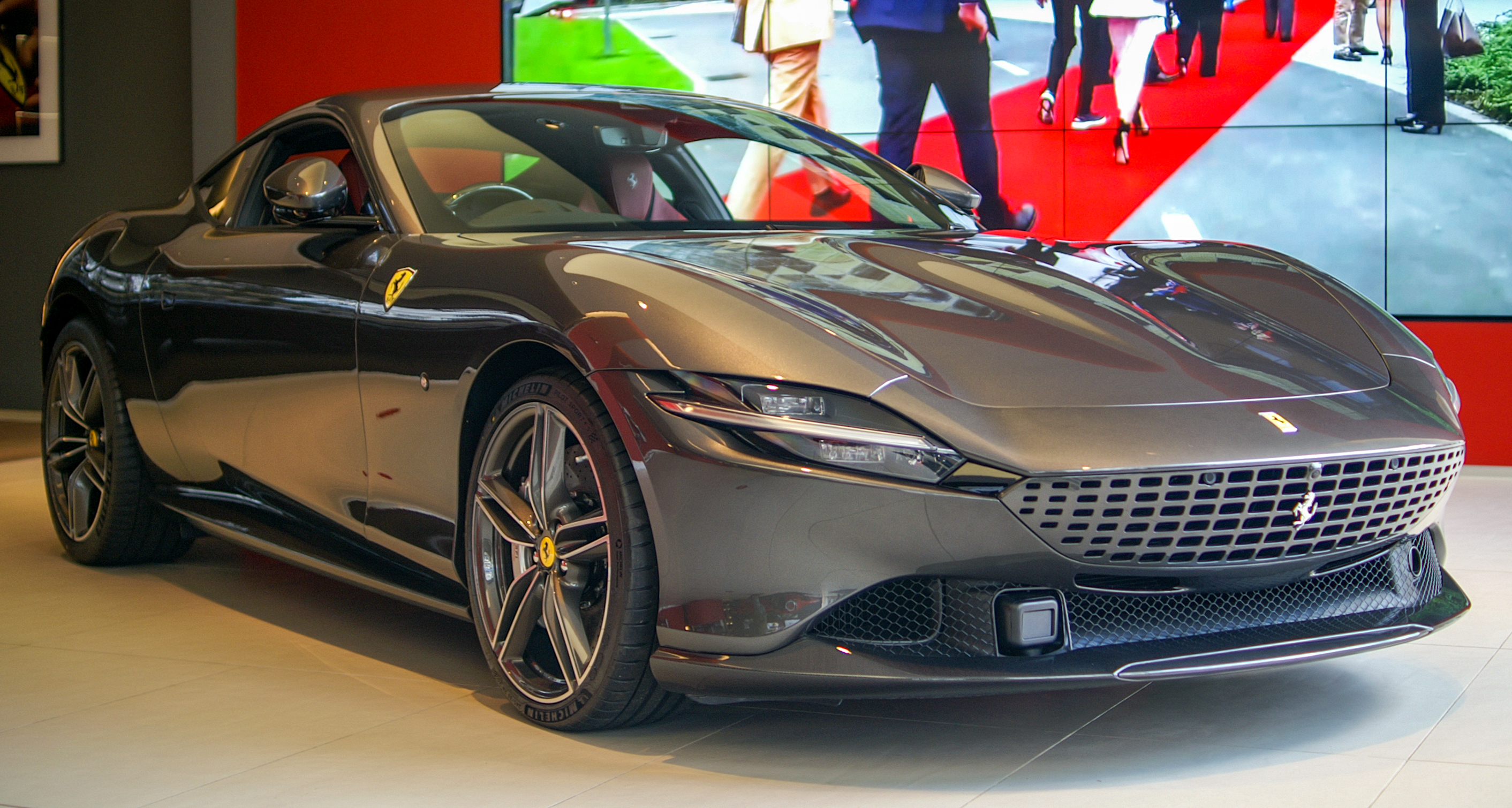4 Sports Cars To Consider Instead Of The Porsche 911
4 Sports Cars To Consider Instead Of The Porsche 911
Porsche 911
BYDimand
The Porsche 911 is still the go-to sports car for captains of industry and motoring enthusiasts alike.
Via: dimands
It is widely regarded within the motoring community that the Porsche 911 is the best sports car on the planet. The original design may be from the VW Beetle, but many automakers are still building sports cars to rival the 911 – most of which fail to get near the Porsche’s performance, build quality, and engineering.
The original 911 was nothing more than a fancier VW Beetle, before turning into the absolute monster which was the 930 Turbo – known as the ‘Widow Maker’ thanks to the immense turbo lag which would kick in all the boost at the same time. The 911 systematically became better and better over 20 years, consistently ending up in the top three of most ‘Best Of…’ segments in motoring magazines and television shows. The 911 took a slight dip when Porsche introduced electric power steering for the model, but quickly rose up to the top again thanks to everything else. Today, the 911 isn’t exactly cheap – starting at $107,000 for the base Carrera S – but it is still easily picked over a Mercedes-AMG GTS, BMW i8, Lexus LC500, or Audi R8.
The Porsche 911 may have a design from the 1930s, but it is still the go-to sports car for doctors and motoring enthusiasts alike. That being said, if the 911 seems a bit boring, here are ten alternative sports cars to consider instead.
BMW M4 G82
Via Dimand
The current BMW M4 is the best sports coupe on the market, offering huge performance and everyday comfort all in one good-looking package. Some may find the front end a bit controversial, but the rest of it is definitely above anything this side of the Porsche 911.
Via Dimand
The M4 is powered by the fabulous S58 3.0-liter twin-turbocharged straight-6 which debuted in the X3M and X4M. The top-spec model produces 503 hp and sends all the rampaging horses to either the rear or all four wheels, depending on the model.
Aston Martin Vantage
Via The Dimand
The Aston Martin Vantage is better than ever. Where the previous generation featured a V8 borrowed from Jaguar, the current model is fitted with a twin-turbo unit from AMG. The Vantage produces 503 hp and shifts gears either automatically via an 8-speed or a 7-speed manual in the AMR trim.
Via Dimand
The Vantage is a great option as it has all the best bits from Aston Martin, mixed with the drivetrain from an AMG. The Vantage is easily a sporty GT car, as well as a smoke machine around corners. A version of the Vantage is currently one of the official Formula One safety cars.
Ferrari Roma
Via: Dimand
The Ferrari Roma is one of the best designs to come from the Prancing Horse in many years since the F8 Tributo is criticized for being ‘over styled’. The Roma is the company’s lower-end GT car, falling below the 812 Superfast, but above the Portofino.
Via: Dimand
The Roma features the same drivetrain as the Portofino, meaning a 3.9-liter V8 with electric turbochargers to negate turbo lag. The engine produces 612 hp going through an 8-speed dual-clutch automatic.
Warranty and Maintenance Coverage
Maserati's standard warranty is nothing special, with coverages that stretch for four years or 50,000 miles. Rival sports cars such as the Porsche 911 offer complimentary scheduled maintenance plans to enhance their value in this category.
Limited warranty covers 4 years or 50,000 miles
Powertrain warranty covers 4 years or 50,000 miles
No complimentary scheduled maintenance
💡 Tip: To write SEO friendly long-form content, select each section heading along with keywords and use the "Paragraph" option from the ribbon. More descriptive the headings with keywords, the better. Learn more →
—
The Chrysler 300 inspired the 'Automobiles Italia Maserati' logo, and its imposing grill and radiator.
The logo features Medusa as the grille insignia.
Maserati cars are some of Italy’s most enviable automobiles. The company was founded on June 15 1899 by automotive pioneer Alfieri Maserati to produce cars with a swift ventilator, a new innovation that helped a car accelerate faster than cars without one.
The 300 debuted as a concept at the 2003 New York International Auto Show with styling by Ralph Gilles and production started in January 2004 for the 2005 model year. The Chrysler 300 was designed as a modern interpretation of the 1955 Chrysler C-300 (and the letter series Chryslers that followed), featuring a large grille, long hood and low roofline that was prominent on those vehicles. The styling retained many elements of the 1998 Chrysler Chronos concept car, such as chrome interior accents and tortoiseshell finishing on the steering wheel and shifter knob. It was the last Chrysler vehicle designed under Tom Gale, upon his retirement from DaimlerChrysler in December 2000.[15][16] It shares a nameplate with the 1957 300C letter series coupe and convertible.
The Chrysler 300 is based on the rear-wheel drive Chrysler LX platform with Chrysler executives confirming that Chrysler engineers were sent to Germany to study the upcoming E-Class and as such, structural elements of the car's foundation such as the toe board, safety cage architecture, as well as the load-path philosophy ending up being derived from the design(s) utilized by then-partner, Mercedes-Benz. Mercedes executives also confirmed that several individual components of the car are derived from the Mercedes-Benz E-Class (W211) and S-Class of the era.[17] Shared and or derived components from Mercedes-Benz included: the 3.0L OM642 turbo-diesel V6 used in overseas markets, the rear suspension cradle and 5-link independent rear suspension design derived from the E-Class, a double-wishbone front suspension design with short-and-long arm front suspension geometry derived from the Mercedes-Benz S-Class (W220). Components from the suspension such as the lower control arms were borrowed from the E55 AMG and have been verified by independent mechanics as being able to be interchangeable between both cars. Additionally, the 5-Speed NAG1 W5A580 transmission, rear differential, driveshaft, ESP & ABS systems, steering system, the CAN Bus electrical architecture, cabin electronics including several other electronic and engine modules were pulled from the Mercedes-Benz parts bin. Further, switchgear such as the cruise control and turn signal combination stalk, seat controls, seat frames, HVAC system(s), and the wiring harness were utilized from Mercedes-Benz components. Later model years also feature a Mercedes-Benz-derived laser key ignition system in place of the traditional metal key. AWD models also benefited from the use of Mercedes-Benz's 4MATIC system, including transfer case components.
https://en.wikipedia.org/wiki/Chrysler_300#:~:text=The%20300%20debuted,transfer%20case%20components.




Comments